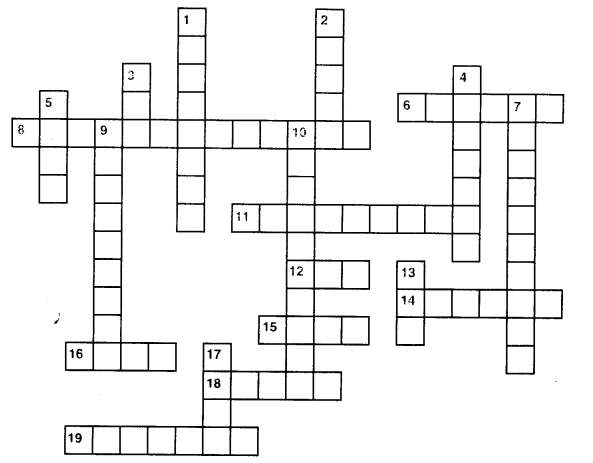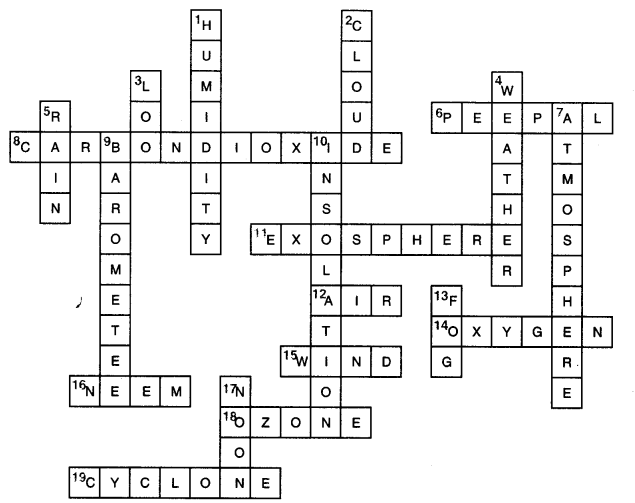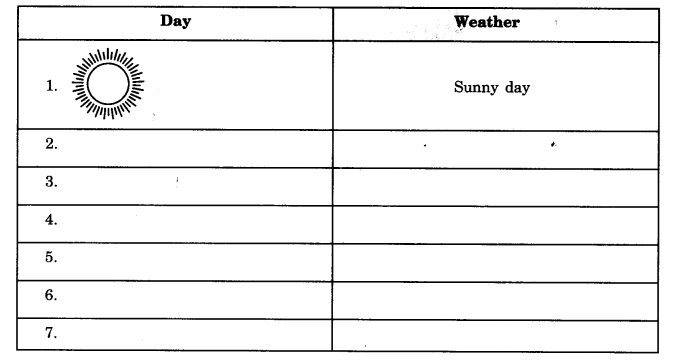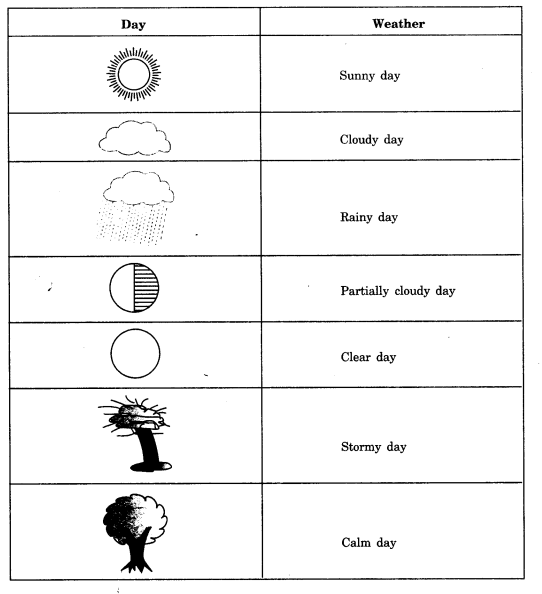GetStudySolution
Getstudysolution is an online educational platform that allows students to access quality educational services and study materials at no cost.
NCERT Solutions for Class 7 Geography chapter 4 – Air
Back Exercise
Question 1.
Answer the following questions.
- What is the atmosphere?
- Which two gases make the bulk of the atmosphere?
- Which gas creates the greenhouse effect in the atmosphere?
- What is the weather?
- Name three types of rainfall?
- What is air pressure?
Answer.
- The blanket of air surrounding the earth is called the atmosphere. The atmosphere primarily comprises nitrogen and oxygen in bulk and other gases like carbon dioxide, helium, ozone, etc in lesser quantities.
- Nitrogen (78%)
- Oxygen (21%)
- Carbon dioxide
- Weather is the total of atmospheric conditions of a specific place, at a specific time, regarding temperature, humidity, air pressure, clouds, winds etc.
- Three types of rainfall are:
- Cyclonic or Frontal rainfall.
- Orographic rainfall
- Convectional rainfall
- Air pressure:Air pressure is defined as the pressure exerted by the weight of air on the earth’s surface. The air pressure decreases as height increases and is the highest at the sea level.
Question 2.
Tick the correct answer.
(i) Which of the following gases protects us from harmful sun rays?
(a) Carbon dioxide
(b) Nitrogen
(c) Ozone
Answer.
(c) Ozone.
(ii) The most important layer of the atmosphere is
(a) Troposphere
(b) Thermosphere
(c) Mesosphere
Answer.
(a) Troposphere.
(iii) Which of the following layers of the atmosphere is free from clouds?
(a) Troposphere
(b) Stratosphere
(c) Mesosphere
Answer.
(b) Stratosphere.
(iv) As we go up the layers of the atmosphere, the pressure
(a) Increases
(b) Decreases
(c) Remains the same
Answer.
(b) Decreases.
(v) When precipitation comes down to the earth in the liquid form, it is called
(a) Cloud
(b) Rain
(c) Snow
Answer.
(b) Rain.
Question 3.
Match the following.
(i) Trade, Winds (a) Incoming solar energy
(ii) Loo (b) Seasonal wind
(iii) Monsoon (c) Horizontal movement of Air
(iv) Wind (d) Layer of ozone gas
(e) Permanent wind
(f) Local wind
Answer.
(i) Trade (e) Permanent wind
(ii) Loo (f) Local wind
(iii) Monsoon (b) Seasonal wind
(iv) Wind (c) Horizontal movement of Air
Question 4.
Give reasons.
- Wet clothes take a longer time to dry on a humid day?
- Amount of insolation decreases from the equator towards the poles?
Answer.
1. Wet clothes take longer time to dry on a humid day because the amount of water in the air is more on a humid day than on a sunny day. Due to which, the rate of evaporation decreases and air soaks in less water from the clothes.
2. Insolation is the incoming solar energy intercepted by the earth. Amount of insolation decreases from the equator toward poles, because sun rays fall vertically on the equator and slant on the poles.
Question 5.
For fun.
(i) Solve this Crossword puzzle with the help of given clues.

Across
6. An Indian tree having the extraordinary quality of providing oxygen round the clock.
8. Gas present in the atmosphere occupying only 0.03% by volume.
11. Outermost layer of the atmosphere.
12. Mixture of many gases.
14. Life-giving gas.
15. Air in motion.
16. An Indian tree valued highly for medicinal properties.
18. Gas protecting us from harmful sun rays.
19. Low-pressure area.
Down
1. Amount of water vapour in the air.
2. Condensation of water vapours around dust particles in the atmosphere.
3. Example of local wind blowing in summer in northern India.
4. Short-term changes in the atmosphere.
5. Precipitation in liquid form.
7. Blanket of air around the earth.
9. Instrument to measure pressure.
10. Incoming solar radiation.
13. Reduces visibility in winters.
17. It is a time when the sun is overhead.
Answer.

(ii) Make a weather calendar for one week. Use pictures or symbols to show different types of weather. You can use more than one symbol in a day if the weather changes. For example, the sun comes out when the rain stops. An example is given below:

Answer.

In-Text Questions
Question 1.
For ten days note down weather reports from a local newspaper and observe the changes occurring in the weather. (NCERT Page 23)
Answer.
Do this exercise yourselves with the help of your social science teacher.